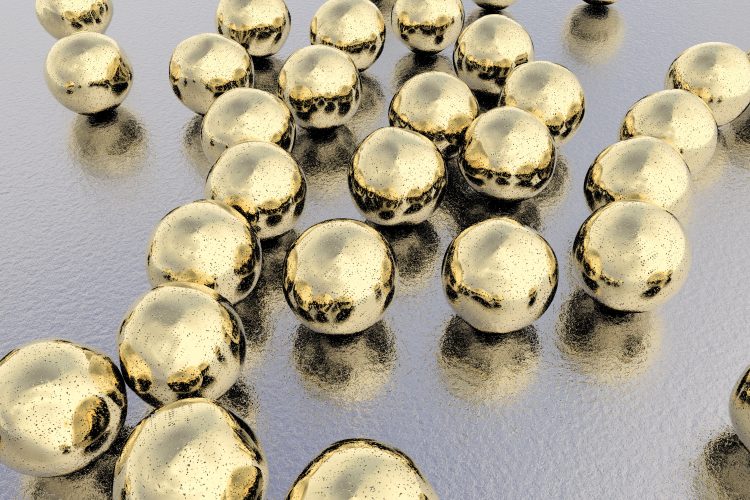New nanoparticle enhances cancer drug penetration
Posted: 20 June 2025 | Drug Target Review | No comments yet
Researchers at Southern Medical University have developed a self-propelled ferroptosis nanoinducer that penetrates deeper into tumour tissues – offering a new strategy for safer and more effective cancer treatment.


A team at Southern Medical University has developed a novel self-propelled ferroptosis nanoinducer that significantly improves tumour tissue penetration – one of the biggest hurdles facing nanotherapeutic cancer treatments.
The study, published in the International Journal of Extreme Manufacturing, presents a new approach that combines enhanced diffusion capabilities with strong biocompatibility.
The penetration problem
Despite advances in nanomedicine, many cancer nanotherapeutics still struggle to penetrate deep within tumours. Their limited penetration hampers drug delivery efficiency and their therapeutic potential.
Despite advances in nanomedicine, many cancer nanotherapeutics still struggle to penetrate deep within tumours.
“Conventional nanoplatforms cannot achieve active penetration, leading to poor penetration depth and efficiency into tumour tissues,” said Yingfeng Tu, author of the study and professor at the School of Pharmaceutical Sciences, Southern Medical University. “It might weaken the tumour inhibitory effect of the nanoplatform. Here we’re saying, why not design a nanotherapeutic that can actively penetrate deeper into tumour tissues via enhanced diffusion?”
Harnessing ferroptosis for a new generation of therapies
Ferroptosis – a regulated form of cell death distinct from apoptosis – has been found to be a powerful mechanism in cancer therapy. It disrupts tumour cell membranes and damages cellular organelles. However, existing ferroptosis-inducing platforms often face limitations including low active pharmaceutical ingredient (API) loading and poor compatibility with the human body.
To overcome these limitations, Tu’s team engineered a ferroptosis-inducing nanoplatform composed entirely of endogenous proteins – glucose oxidase and ferritin – crosslinked with glutaraldehyde. This design offers multiple advantages:
- Self-propulsion allows active movement into tumour tissue.
- Biocompatibility is ensured by using naturally occurring proteins.
- Dual action of the proteins induces potent ferroptosis, leading to disruption of tumour cell membranes and organelles.
Two years of validation
The researchers conducted a two-year study to assess their nanoinducer in-depth. Their work included rigorous analysis of its motion behaviour, chemotactic properties, and overall anti-cancer performance in both laboratory and animal models.
“Biocompatibility is an issue that deserves greater attention,” said Tu. “With the pure-protein framework, potential systemic toxicity can be minimised. The self-propelled nanotherapeutic we developed is capable of deeper tumour penetration with negligible toxicity at the same time. We believe this platform holds strong potential for cancer treatment.”
Toward clinical application
The team’s next step is to explore the nanoinducer’s effects on other cancer types, including non-small cell lung cancer. They are optimistic about the broader application of their platform and are working to advance it toward clinical translation.
By combining intelligent design with deep biological insight, this self-propelled nanotherapeutic presents a potentially transformative tool in the fight against cancer. Thus, moving closer to the future use of targeted, effective, and safe cancer treatments.
Related topics
Bioengineering, Cancer research, Drug Delivery, Drug Development, Drug Discovery, Drug Discovery Processes, Molecular Modelling, Nanomedicine, Nanoparticles, Nanotechnology, Oncology, Translational Science
Related conditions
Cancer
Related organisations
Southern Medical University








